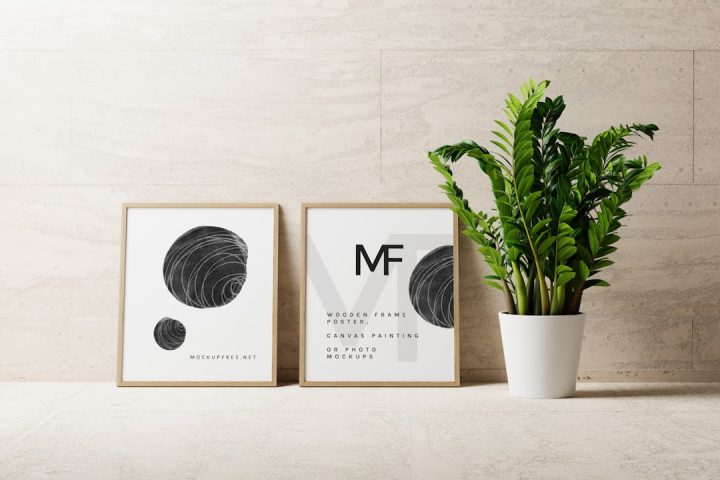A logo is often the first point of contact between a brand and its audience. It represents a business’s identity, values, and mission in a single graphic element. While trends in design continuously evolve, one principle that remains timeless is simplicity. A simple logo design does not equate to lack of creativity; quite the opposite—it signifies clarity, versatility, and memorable branding. In today’s competitive market, simplicity can significantly enhance the effectiveness of a logo, making it an essential focus for designers and businesses alike.
The Power of Clarity
One of the key advantages of simplicity in logo design is clarity. A simple logo is easier for the human brain to process and recognize. When a viewer sees a logo, they should be able to identify the brand behind it quickly and with minimal effort. Intricate details may distract or confuse, whereas minimal elements deliver the message with precision.
Take globally recognized brands like Apple, Nike, and McDonald’s. Their logos are simple, bold, and instantly recognizable, embodying the brand without the need for text or explanation. The fewer the elements, the clearer the communication.
Memorability Matters
A successful logo must be memorable. Simplicity helps in forging that strong mental image in a consumer’s mind. A streamlined design makes it easier for customers to recall the logo when making purchasing decisions or referring the brand to others. A busy or overly detailed logo is harder to remember and less likely to build brand loyalty.
Studies in cognitive psychology support this—humans can better remember shapes and visuals that are not overloaded with visual information. Simple geometric forms or clean text treatments ensure your logo stays in the minds of target audiences longer.
Versatility and Adaptability
A simple logo is inherently more versatile. It looks great regardless of size or context—whether it’s on a billboard, business card, or social media icon. Scalability is a must in modern branding, where logos must adapt across both digital and print platforms.
Complex designs often lose their essence when resized or printed in black and white. Simple logos, on the other hand, remain intact and impactful even with limited color palettes or reduced dimensions.
Timeless Design Over Trend-Based Appeal
Trendy designs may attract attention for a season, but they often become outdated quickly. Simple logos transcend design fads. Their elegance lies in their timeless nature, ensuring that the logo remains relevant for decades. This longevity saves businesses from frequent and potentially costly rebranding exercises.
Minimalist logos are journey-proof. They evolve more easily with a brand and continue to convey professionalism and sophistication across periods of growth and change.
Easy Reproduction and Cost Efficiency
From a technical standpoint, simpler designs are easier to reproduce across multiple formats and mediums. Whether embroidered on fabric, engraved in metal, or printed using various techniques, a simple logo maintains its integrity. This ease of replication also translates to cost-efficiency, reducing production expenses without compromising visual quality.
Conclusion
Simplicity is more than just a design choice—it’s a strategic tool that amplifies recognition, enables versatility, and solidifies brand identity. A simple logo does not restrain creativity but rather channels it into a clear and impactful message. For designers and brands aiming for longevity and strong market presence, simplicity is not just an option—it’s a necessity.
FAQ
-
Q: What makes a logo ‘simple’?
A simple logo uses minimal elements—such as lines, shapes, and colors—to convey a clear and straightforward message that is easy to recognize and remember. -
Q: Can a simple logo still be creative?
Absolutely. Simplicity often challenges designers to be more inventive within limited parameters, leading to highly creative outcomes. -
Q: Why do iconic brands prefer simple logos?
Because simplicity enhances recognition, ensures easy reproduction, and offers a timeless quality that keeps the logo relevant over the years. -
Q: Is simplicity suitable for all types of businesses?
Yes, whether a startup or a large corporation, a simple logo design can be adapted to suit the brand’s identity and market positioning. -
Q: How do I ensure my logo stays simple but memorable?
Focus on a unique concept, use clean shapes and balanced typography, and avoid unnecessary details or effects that complicate the design.
